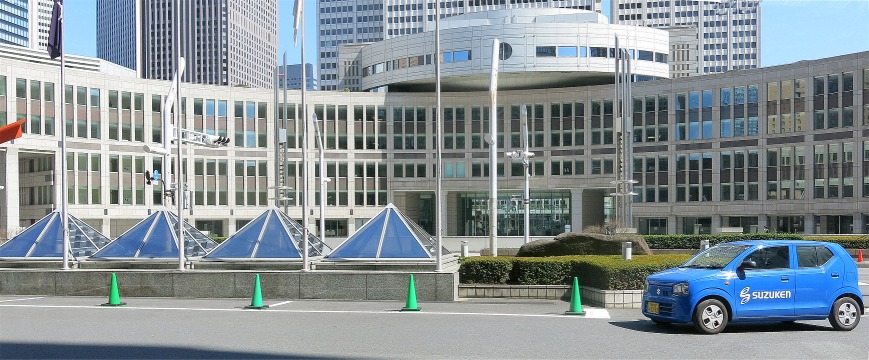Tokyo is the capital
of Japan. The Greater Tokyo Area is the most populous metropolitan area
in the world with upwards of 37.8 million people and contains the world's
largest urban agglomeration economy.
Tokyo was ranked first in the
"Best overall experience" category of TripAdvisor's World City Survey --
the city also ranked first in the following categories: "helpfulness of
locals", "nightlife", "shopping", "local public transportation" and "cleanliness
of streets".
In 2015, Tokyo was ranked as
the 11th most expensive city for expatriates, according to the Mercer consulting
firm, and also the world's 11th most expensive city, according to the Economist
Intelligence Unit's cost-of-living survey. In 2015, Tokyo was named the
Most Liveable City in the world by the magazine Monocle.
The Michelin Guide has awarded
Tokyo by far the most Michelin stars of any city in the world. Tokyo was
ranked first out of all sixty cities in the 2017 Safe Cities Index. The
2016 edition of QS Best Student Cities ranked Tokyo as the 3rd-best city
in the world to be a university student. Tokyo hosted the 1964 Summer Olympics,
the 1979 G-7 summit, the 1986 G-7 summit, and the 1993 G-7 summit, and
will host the 2019 Rugby World Cup, the 2020 Summer Olympics and the 2020
Summer Paralympics.
Tokyo was originally a fishing
village known as Edo, which means "estuary". Its name was changed to Tokyo
when it became the imperial capital with the arrival of Emperor Meiji in
1868. During Edo era, the city enjoyed a prolonged period of peace and
in the presence of such peace, Edo adopted a stringent policy of seclusion,
which helped to perpetuate the lack of any serious military threat to the
city.
The absence of war-inflicted
devastation allowed Edo to devote the majority of its resources to rebuilding
in the wake of the consistent fires, earthquakes, and other devastating
natural disasters that plagued the city. However, this prolonged period
of seclusion came to an end with the arrival of American Commodore Matthew
C. Perry in 1853.
Commodore Perry negotiated the
opening of the ports of Shimoda and Hakodate, leading to an increase in
the demand for new foreign goods and subsequently a severe rise in inflation.
Social unrest mounted in the wake of these higher prices and culminated
in widespread rebellions and demonstrations, especially in the form of
the "smashing" of rice establishments. Meanwhile, supporters of the Meiji
Emperor leveraged the disruption that these widespread rebellious demonstrations
were causing to further consolidate power by overthrowing the last Tokugawa
shogun, Yoshinobu, in 1867. After 265 years, the Pax Tokugawa came to an
end.
Central Tokyo, like Osaka, has
been designed since about 1900 to be centered on major railway stations
in a high-density fashion, so suburban railways were built relatively cheaply
at street level and with their own right-of-way.
Tokyo went on to suffer two major
catastrophes in the 20th century: the 1923 Great Kanto earthquake, which
left 140,000 dead or missing; and World War II. After the war, Tokyo was
completely rebuilt.

![]()


![]()

